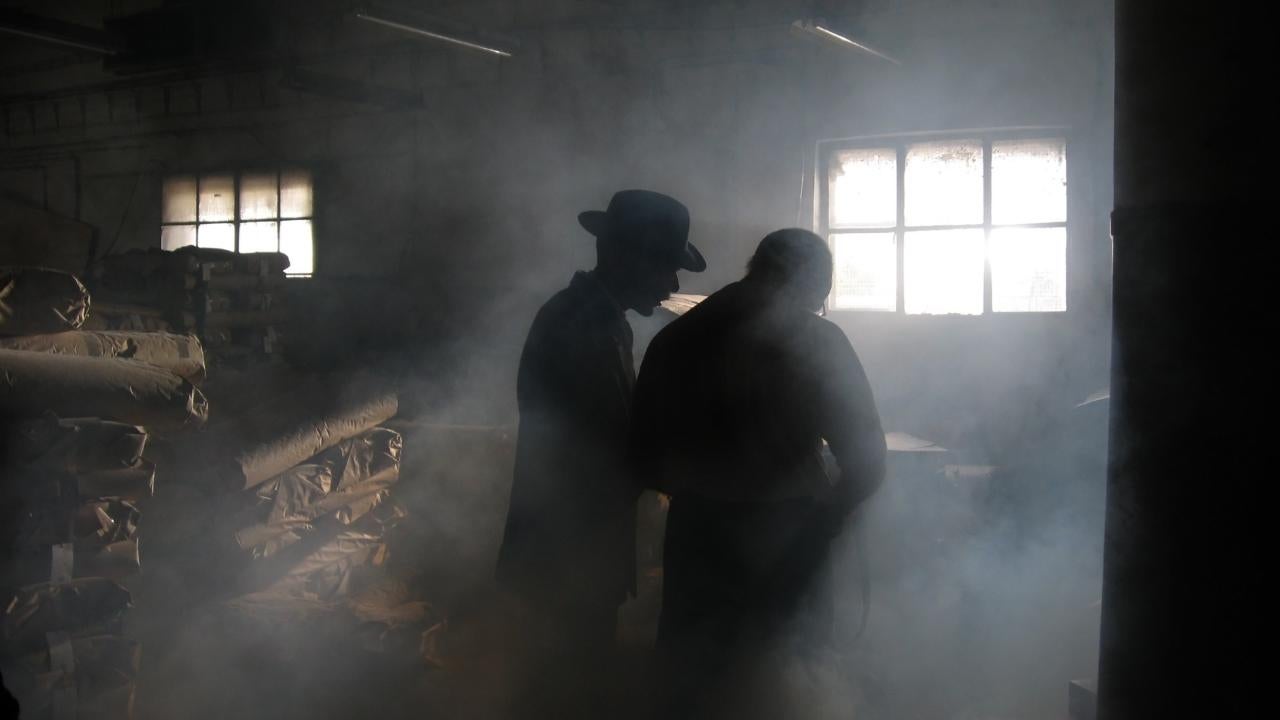Corruption occurs when individuals criminally leverage their positions of power for financial gain. A new study by a team from the University of California, Davis, looks at how corruption varied by position of power and within criminal contexts by measuring the actions of corrupt players in Chicago before and during Prohibition. The players included cops and politicians.
The study found that corruption by politicians, law enforcement, and others in organized crime varied by timeline (i.e., before and during Prohibition), the context of the crime, and individuals’ position and depth of involvement. Prohibition was the period in U.S. history from 1929 to 1933 when the manufacture, sale and transportation of alcohol was forbidden by law.
“We found that everyday corruption was more frequent but less deeply embedded in corruption when criminal contexts were only moderately profitable,” explained Jared Joseph, a doctoral candidate in the Sociology Department at UC Davis who coauthored the study with his graduate advisor, Chris Smith. “However, as criminal contexts increased in profitability during Prohibition, corruption moved up the political ladder to include fewer people who were more deeply involved.”
The study, "The ties that bribe: Corruption's embeddedness in Chicago organized crime," was published in August in Criminology, a publication of the American Society of Criminology.
Looking at people with smaller roles
The connection between corruption and organized crime is well established in criminology, but studies on the topic have focused on the biggest players, with less attention paid to people with smaller roles. In this study, researchers compared Chicago’s organized crime network before Prohibition (1900-1919) to during Prohibition (1920-1933) to examine how the composition of corruption and the depth of individuals’ involvement changed when organized crime grew in size and more centralized in power.
Organized crime grew during Prohibition
Data for the study came from the Capone Database, which includes archival material from the Chicago Crime Commission and other historical entities. The database is among the largest and most detailed relational databases on organized crime in Chicago. This study — the first to use the database to examine how embedded corruption was — measured organized crime as the largest component of criminal relationships before and during Prohibition.
In the pre-Prohibition period, Chicago’s organized crime network consisted of 267 individuals with 789 criminal relationships among them. During Prohibition, the network grew considerably, totaling 937 individuals with 3,250 criminal relationships among them, according to the study.
Police and politicians
The researchers found that before Prohibition, more police were involved in organized crime than politicians, but the small group of politicians who were involved were more deeply embedded. During Prohibition, as the content, structure and profitability of corruption changed, members of law enforcement engaging in crime decreased in proportion, dropping from 14 percent to 2.6 percent.
They also became less embedded in organized crime and their positions were more randomly distributed. In contrast, politicians maintained their proportion at 5 percent in the organized crime network and also remained deeply embedded.
The research was supported by the National Science Foundation.
Media Resources
Related UC Davis research: Network Science Meets Al Capone in the Egghead Blog.
Media Contacts:
- Jared Joseph, jnjoseph@ucdavis.edu
- Karen Nikos-Rose, UC Davis Media Relations, kmnikos@ucdavis.edu, 530-219-5472
- Caitlin Kizielewicz, American Society of Criminology, caitlin@asc41.com, 412-554-0074
